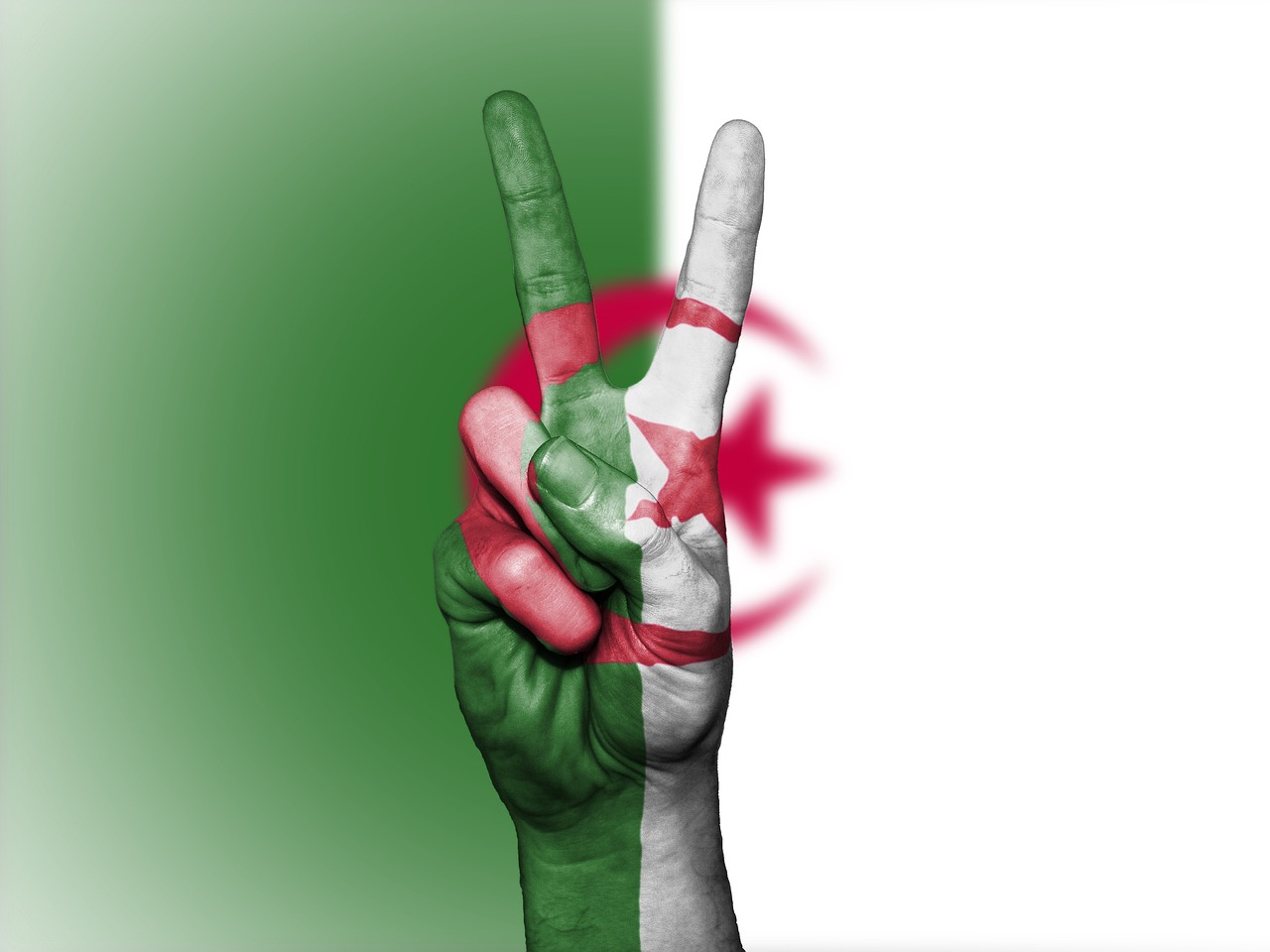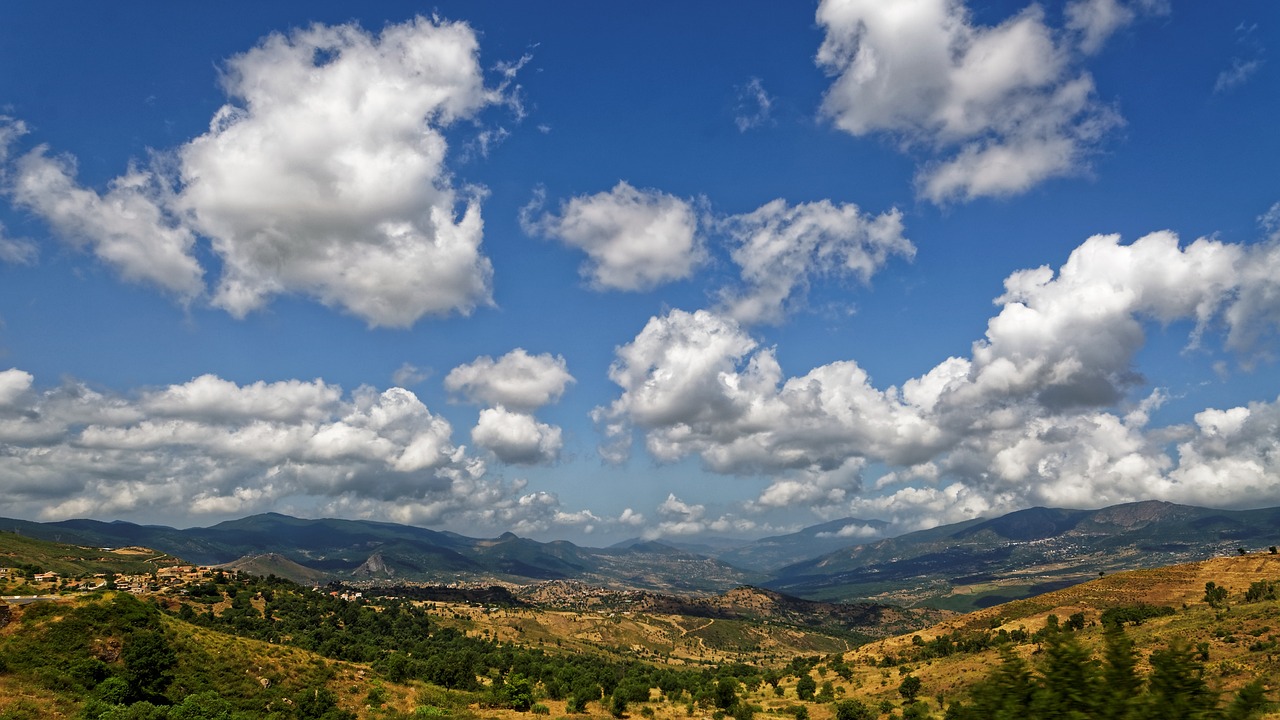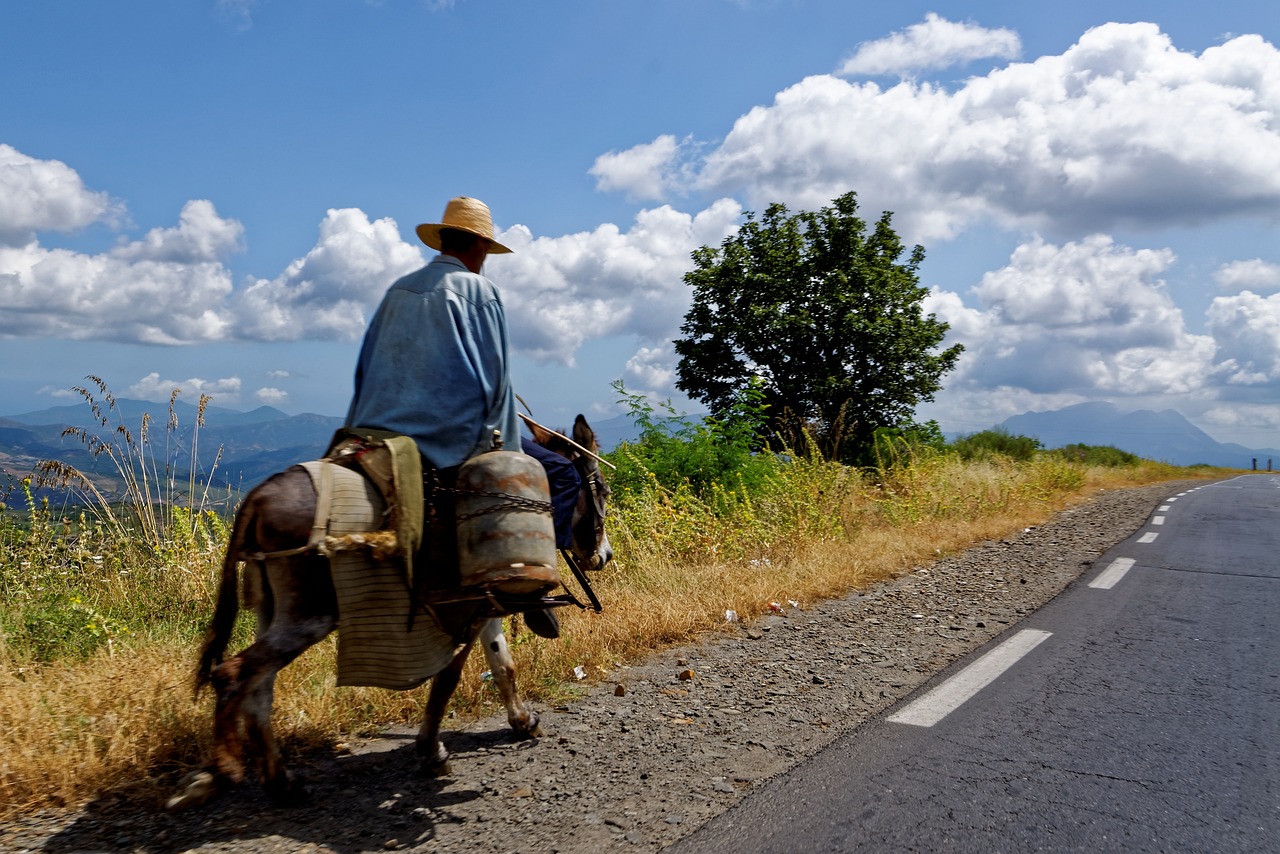The Kabyles - a Berber people
The Kabyles: discovering a multi-faceted Berber people!
Often mistakenly considered to be Arabs, the Kabyles are in fact Berbers (imazighen nicknamed free men). They are one of the oldest indigenous peoples of North Africa and the Sahel, scattered across several countries, including Algeria. The Kabyles are originally from Kabylie, a group of mountainous regions to the east of the Algerian capital (Algiers). This people is characterised by its dialect, Kabyle, which is a variant of Tamazight (Berber mother tongue). But that's not all: the Kabyle tribes also share a distinctive culture and way of life. This article explores the richness and diversity of this unique cultural identity.
Kabyle: a geography and dialect representative of the Berber people

While Berbers can be found in several African countries, in Algeria they have been represented mainly by the Kabyles since the 19th century. In Algiers, they can be found in the mountains of the Djurdjura, the Bibans and the Babors , and along the coast of these regions.
The natives of Kabylia call this region Tamurt n Leqbayel/Tamurt n Iqbayliyen (land of the Kabyle) or Tamurt Idurar (land of the mountains). The word "Kabyle" derives from the Arabic "Qabail" meaning "tribe". It was born of the desire of the French colonists to designate the mountain populations of Algeria.
Originally, the name referred to the inhabitants of the mountains of north-eastern Algeria (the Aurès) as well as those of western Algeria. It was only over time that the name was reduced to the people of Kabylia.
In Algeria, the Kabyles represent around 15% of the overall population and 60% of Berbers. Over the course of history, many of them have emigrated from Algiers. They can be found in other Algerian cities (Oran, Constantine), in France (where they make up 40% of the Algerian diaspora), in Canada, in Belgium, etc.
However, it is important not to confuse the Kabyles with all the other Berbers of Algeria. There is one main distinguishing feature: their respective dialects, which are all varieties of Tamazight (the Berber language). These include Chaoui, Mozabite and Tachelhit. The Kabyle people also have their own dialect: Taqbaylit (Kabyle in French).
Authentic beliefs and folklore

The Kabyle cultural identity includes its own beliefs, mythology and rich rituals.
Kabyle religion
Originally, the Kabyle people practised a polytheistic religion, but with the Arab conquest of North Africa in the 7th century, the Muslim religion took pride of place within the Kabyle community. From then on, the majority proudly identified with Islam. However, the adoption of Islam has not erased all traces of the ancient Kabyle beliefs. These are essentially to be found in their myths and traditional rituals.
Kabyle mythology
Ancient Kabyle beliefs include divinities, mythological creatures and legends. Kabyle polytheism is essentially based on the following deities:
- Ydir or Idir, the main deity and god of wisdom, justice and agriculture;
- Ither, god of war and protector of the Kabyle people;
- At-Itij, goddess of water and fertility, mother figure in Kabyle mythology.
As for legendary creatures, the best known are :
- the Amanu or water spirits, who live in rivers, have enchanting voices and can lead humans to their deaths;
- theAγeddu or wild man, half-man half-animal, roaming the Kabyle woods and mountains, using his malice to terrorise the people;
- the Aydiḍan, supernatural entities guardians of the elements of nature.
Like other religions, the Kabyle religion has its own creation story.
The Kabyle creation myth
According to their mythology, the world was created out of darkness and chaos. Their central deity Idir is said to have established light and order in the world. Light and order were then followed by the creation of the earth and its various components. And finally, Ydir is said to have created humans with the knowledge and weapons they needed to flourish on earth.
The heroic legends
Two main heroic legends characterise Kabyle culture: that of Tala and that of Aït Menguellet.
Tala is a Kabyle heroine whose legend has it that she defied the tyranny of her village leader. Her courage rallied other villagers to her cause and led to the overthrow of the tyrannical leader. As for Aït Menguellet, he appears in a tale as a legendary warrior. He is said to have confronted invaders and protected the freedom and land of his people.
Kabyle rituals
Apart from religion and mythology, Kabylia is rich in rituals. These can be seen in festivals and celebrations of all kinds. These include Yennayer, the Kabyle New Year, celebrated every 12 January and marking the start of the agricultural calendar. There is also the Thamgharth Oufernoun or Festival of Fire, celebrating the power and warmth of the sun. There are also rites of passage such as :
- Aseggas Ameggaz for a child's first birthday;
- wedding rituals
- funeral rituals (mourning and burial).
For example, Kabyle tombs face east towards the rising sun. In addition, they believe in an afterlife, which is demonstrated by offerings (food and personal belongings) placed in the tombs.
Kabyle literature: a cultural wealth that stands the test of time

Originally, Kabyle literature was essentially oral. At the time, it already covered a wide range of genres. Poetry, stories, work songs, ritual songs, proverbs, riddles, nursery rhymes and so on. Kabyle literature as a whole related to social life and was always dominated by poetry.
Poetry itself was divided into religious and secular poems. Rich and varied, Kabyle religious poetry is still found in some villages and sung at funeral wakes. As for secular poetry, it touched and still touches on all subjects (code of honour, warrior values, satire, lyricism, etc.). However, it struggled to reach the general public.
The French conquest meant that certain genres such as tales, ritual songs, proverbs and nursery rhymes ran out of steam. Poetry, on the other hand, survived and eventually found its place in written literature. Moreover, it serves as a vehicle for the history of French colonisation and the upheavals it wrought on the peoples concerned. This is particularly true of the Poésies populaires de la Kabylie du Jurjura collected by Hanoteau (1867).

